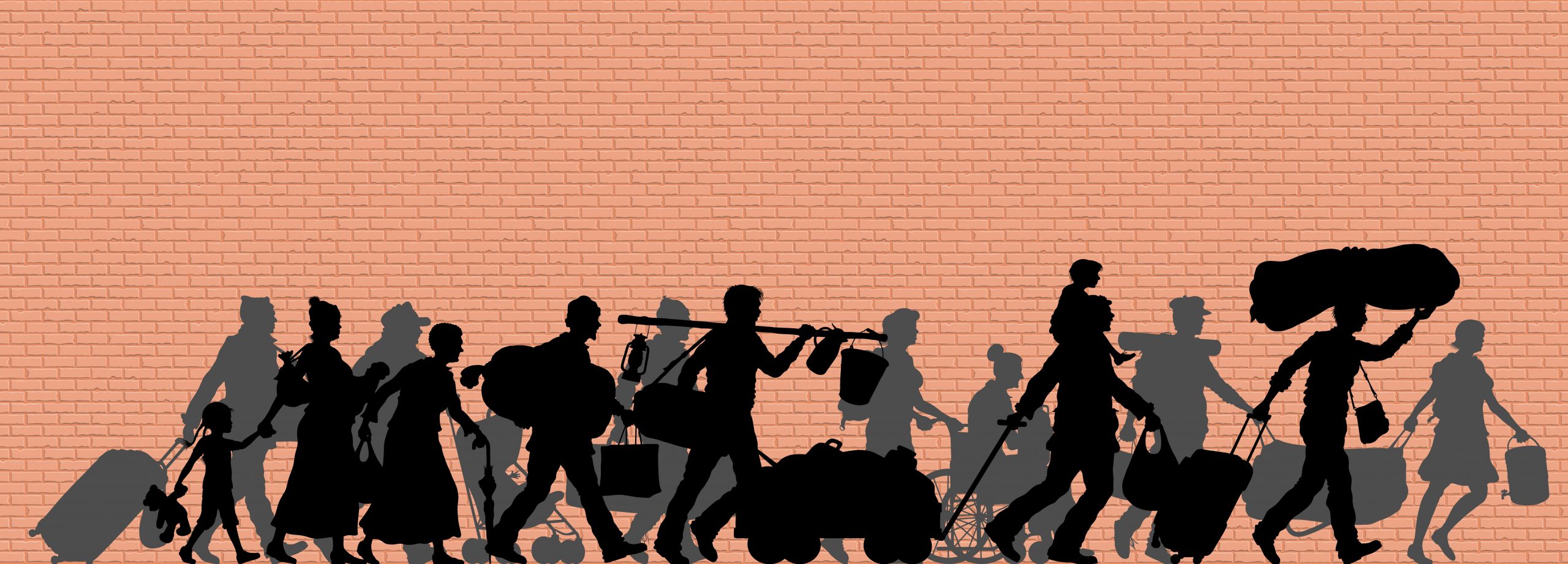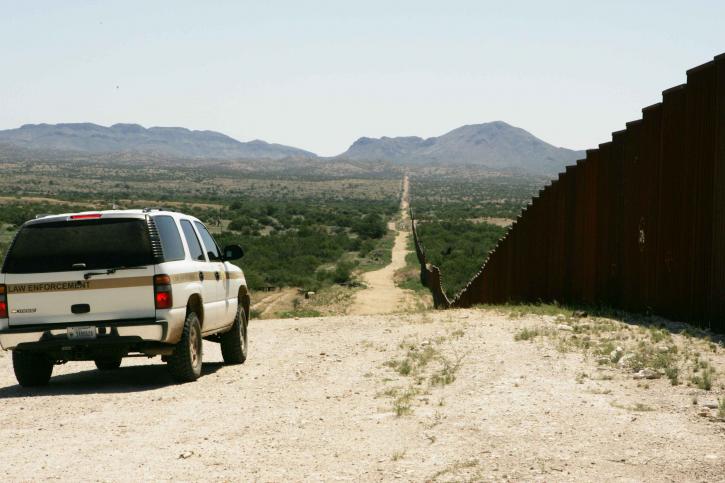Our ruling classes reject our right to govern ourselves.
Fentanyl’s Wake

Communities devastated, families destroyed, and hundreds of daily dead.
The police car’s flashing lights were bright in the rear-view mirror. I was definitely over the speed limit. My older brother said something calming and sensible like, “Turn on the interior lights.”
Some of that night is hazy, some crystal clear. Because sudden death changes you. It inverts the algebra of your thinking. It changes the tenor of your voice. And it works quickly.
I turned on the light and watched the officer’s dancing white flashlight approach. Within seconds, I was making eye contact with the fifth or sixth cop I would talk to that night as the crisp cold January air flowed over my descending window in a wave.
“How we doing tonight?” the officer asked.
“Not well,” I replied.
“Oh. What’s going on?” he said back quickly, intrigued as my comment likely ran counter to the usual litany of more accommodating responses.
“Our sister died from an overdose earlier today. You guys have been at our house for the last few hours. I just picked up my brother at the airport. We’re headed back there now. Olivastro. Call it in.”
To say it so matter-of-factly haunts me still. But one’s senses are dulled quickly in the world of the opioid scourge.
“You don’t want to go in there. Trust me, I’ve done more calls like this than I want to count, and you don’t want to see her this way.”
33 years young.
“The medical examiner’s office will be here soon, they’ll move the body and check for foul play, but all the signs point to an accidental overdose.”
Clean for a year.
“We’ll do an autopsy. It takes a while for the results to come in.”
Bright and beautiful. Passionate and proud. Too much promise to be gone. Too much zest for life to believe that a body bag, with the sound of its industrial-grade zipper penetrating through two walls, could truly mean the end.
But Amy’s life did end January 18, 2016. I think about her every day.
This story is deeply personal, but—sadly enough—not solitary, and not at all unique. It all came roaring back when I read about a 13-year-old overdosing and dying recently in Hartford, after bringing 40 bags of fentanyl into school.
As he lay dying in a hospital, police required all his classmates to walk through a solution of bleach and OxyClean—before they could leave school—to neutralize potential exposure and ensure they weren’t transferring deadly traces outside. School remained closed for a week to cleanse the remaining remnants of the fentanyl stash found in multiple classrooms and the gymnasium.
At a community meeting, Hartford superintendent Leslie Torres-Rodriguez reportedly became emotional, calling what happened “a surreal and devastating experience.”
Torres-Rodriguez is right. The fentanyl experience is devastating—and it’s hollowing out families and communities all across our country.
News accounts shows drug deaths have spiked everywhere. The year we lost my sister more than 65,000 people overdosed and died. That’s skyrocketed to more than 100,000 people during the 12-month period ending April 2021. That’s nearly 300 people each day.
We live in an age of data visualization, so the U.S. Centers for Disease Control and Prevention offers an interactive dashboard with provisional counts of drug overdose deaths. As jarring and important as the statistics are, it’s imperative we don’t forget that each one of these is a life lost, forever. Nearly 100,000 unique individuals—with inherent value, talents, dreams, desires—vanquished by a nearly invisible foe.
It takes only 2 milligrams to be lethal. That’s not even enough to cover the year on the front of the penny in your pocket.
The scourge is so real, the only boundary that exists is in your imagination. It may be the heroin that a few years ago made its way into baby formula to steal the breath from a 5-month-old in New Britain. Or the fentanyl that appears to have played a role in the death of Lauren Smith-Fields, a TikTok star in Bridgeport. As the New York Times recently reported, “In just the past few months, fentanyl and other opioids have been linked to the deaths of an 11-month-old girl in South Carolina, a 10-month-old in Pennsylvania, a 2-year-old boy in Indiana and a 15-month-old boy in California.”
The faces of death sweeping our nation include every race, color, creed, zip code—and age. The threat to the American public couldn’t be starker. Fentanyl is now the leading cause of death for Americans between the ages of 18 and 45, according to Families Against Fentanyl. It killed more people last year than suicide, car accidents, or gun violence; and the number of fatalities has more than doubled in 30 states in just two years, more than tripled in 15 states, and increased almost five fold in six states.
Earlier this year, Texas Governor Greg Abbott sounded the alarm about the large amount of fentanyl coming through the southwest border, noting that his state had seized enough to kill 222 million Americans, or 67 percent of the total U.S. population. In his State of the Union address, President Joe Biden gave lip service to border security and fighting the opioid epidemic. Yet only a few weeks earlier, House Democrats blocked a bill that would have retained stiffer penalties for those dealing and trafficking fentanyl.
Just a few weeks ago, America lost one of its best in Bishop Evans, a 22-year-old Texas Army National Guard member who dove into the Rio Grande River to save two struggling aliens. His training and direction was specifically not to enter the water. But his instinct, his humanity, compelled him to act. As Texas officials said, “His act was heroic. His loss is tragic.”
How tragic? He died. The illegal entrants lived. They were smuggling drugs into America.
It’s past time to get serious. The Heritage Foundation, along with the strongest-ever assembled coalition of border security and immigration groups and leaders, released a clear roadmap to help Congress put an end to the Biden border crisis, re-secure the border, and ultimately reduce illegal immigration.
There is no acceptable explanation for a non-existent border and legislative backpedaling. That’s one reason why my colleagues earlier called for the immediate resignation of Homeland Security Secretary Alejandro Mayorkas, and stronger action from Congress if he refuses to do so.
This sentiment ought to be unanimous from elected officials across the country. Yet it’s not, which only proves they don’t get it—or, worse, they don’t care. Their inexcusable ignorance or indifference results in devastated communities, destroyed families, and dead Americans.
For every addict there is a family impacted. Families who watch, suffer, and fight the scourge over months and years. Their days are measured by court dates, meetings with counselors, and visits to methadone clinics.
Their only comfort is hope in a system so big it has to work. The truth for too many, however, is an endless series of sleepless nights and unanswered prayers.
As I travel the country, I see it in the faces of strangers everywhere. I see it at Union Station in D.C., only a couple of blocks from the Capitol dome. In the shadow of the Lincoln Presidential library in Springfield, Ill. On an exit ramp outside St. Louis. At the foot of a bridge above the Cumberland River in Nashville. As my family ascended the stairs to see Broadway in full, we took in the beautiful city humming with life. I couldn’t shake the sight we just passed, now beneath our feet, and the insipid and acrid reality of bodies losing their souls.
Are we rotting from the inside out? Policies that shut down society isolated individuals and exacerbated addiction to record levels. As we open back up, some politicians are trying to take victory laps when they should really be charged with malfeasance and criminal negligence.
Are we inviting the decay from outside? Our border with Mexico is a wide-open thoroughfare, with the Chinese Communist Party and drug cartels speeding across and bringing death to every door.
Have we forgotten how to say no? We are living in the greatest epidemic in our nation’s history, and it follows a concurrent, parallel path with the legalization and decriminalization of all manner of narcotics. Yet we fail to imagine a connection and shrug our collective shoulders as to a solution.
In this war, the drugs are winning. The battle must be joined.
The American Mind presents a range of perspectives. Views are writers’ own and do not necessarily represent those of The Claremont Institute.
The American Mind is a publication of the Claremont Institute, a non-profit 501(c)(3) organization, dedicated to restoring the principles of the American Founding to their rightful, preeminent authority in our national life. Interested in supporting our work? Gifts to the Claremont Institute are tax-deductible.
Radical self-definition destroys the self and the nation.
When the war against wokeness is over, our common culture could be history.



